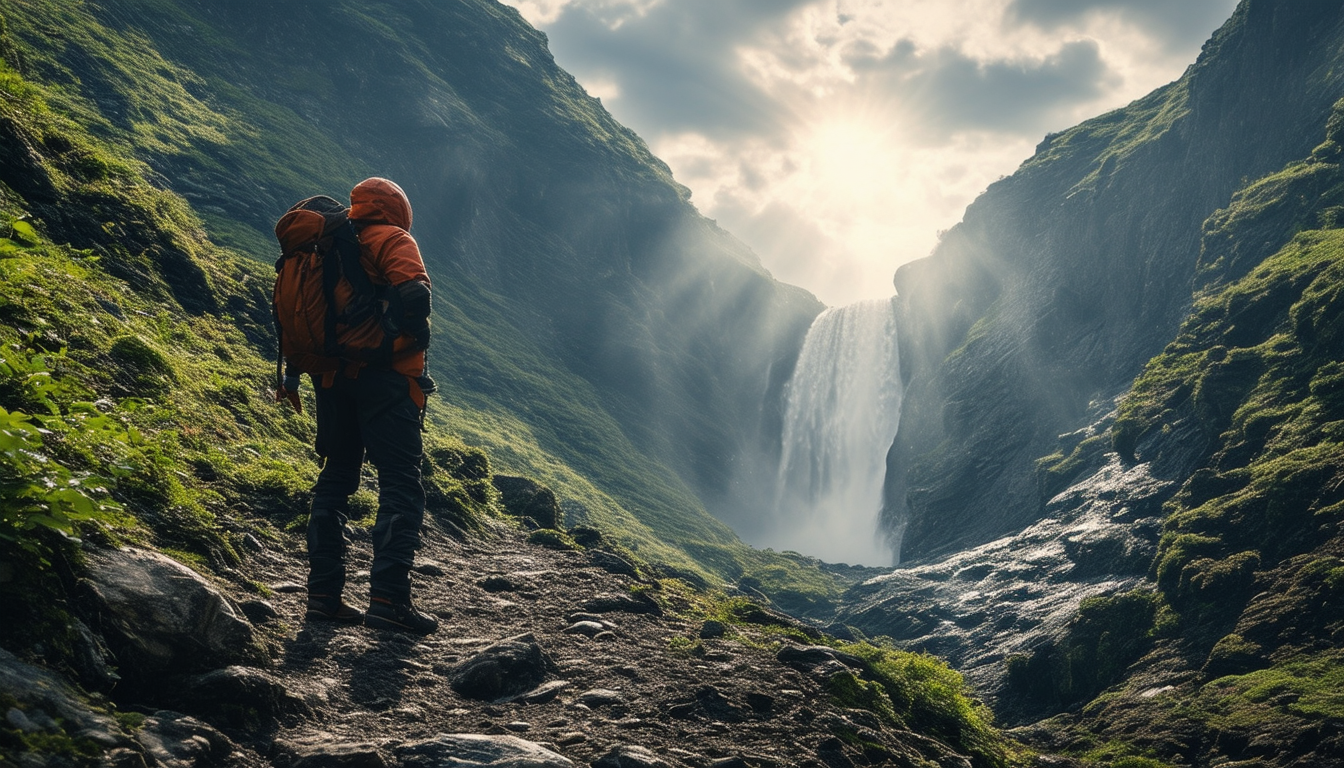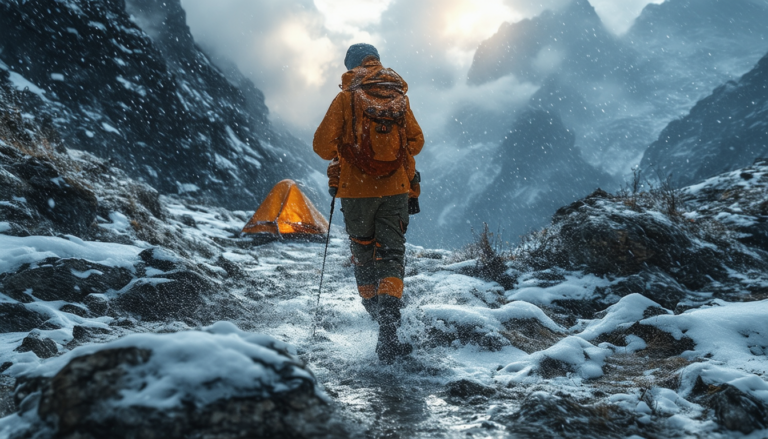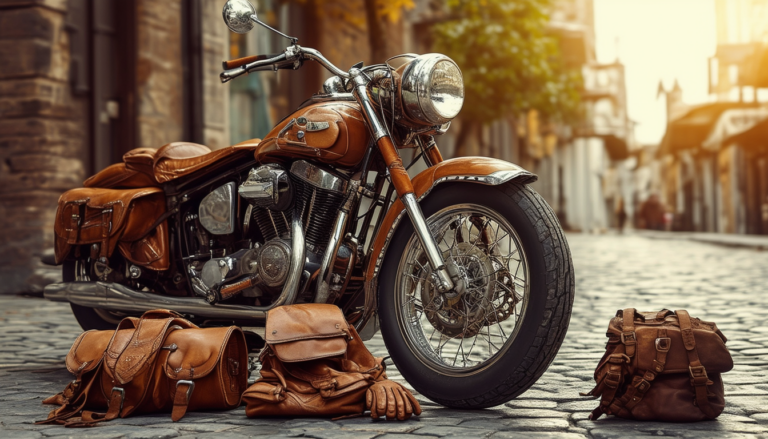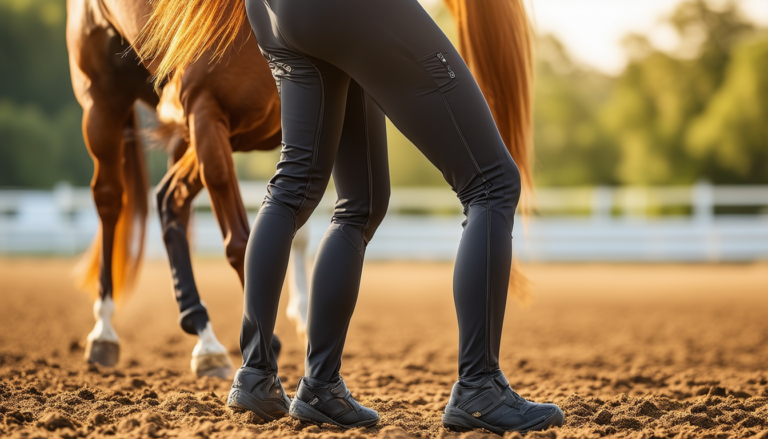You’ll never believe these waterproof gear secrets!

In the world of outdoor adventures, waterproof gear has often been hailed as a necessity for those braving the elements. However, behind the enticing marketing and sleek designs lies a series of secrets that can alter your perception of how well this gear actually performs. From the surprising methods used to create waterproof materials to the less-discussed realities of sweat accumulation and breathability, there’s a lot more to know than what meets the eye. Join me as we unravel the truths about waterproof gear that you may have never considered before.
When it comes to outdoor adventures, having the right gear is essential, especially when facing unpredictable weather. Many outdoor enthusiasts depend on the waterproof claims of various brands, yet the truth about these products can be surprising. In this article, we will explore the hidden truths about waterproof gear, what makes it effective (or not), and tips for staying dry in the great outdoors.
The Reality Behind Waterproof Claims
It is a common misconception that all waterproof jackets will keep you dry under any circumstances. Despite the impressive marketing claims from big names like The North Face, Patagonia, and Marmot, the reality is often different. These brands utilize various technologies that promise breathability and waterproofing, but many users find themselves disappointed when they still end up wet.
Understanding DWR Treatments
The first line of defense against rain in most jackets is the DWR (Durable Water Repellent) treatment applied to the outer fabric. While this treatment is effective at first, it wears off over time, leaving you vulnerable to moisture. Regular maintenance and reapplication of DWR can help, but many people are unaware of how essential this step is.
Waterproof vs. Breathable: The Great Debate
Waterproof gear is often touted for its breathability, but this can be a double-edged sword. When you exert yourself in a waterproof jacket, your body generates sweat. If the jacket fails to release that moisture, you may end up feeling just as wet from perspiration as from the rain. Utilizing features such as underarm zips and core vents can significantly improve airflow and reduce sweat accumulation.
The Wind Factor
Another important element to consider is the impact of wind. When the combination of cold wind and wet skin occurs, it creates a chilling effect that can lead to discomfort. In essence, being dry doesn’t only hinge on wearing the right waterproof gear but also on protecting yourself from wind chill. A good outer layer can help regulate body temperature even when wet.
Common Myths Debunked
Many outdoor enthusiasts believe that their waterproof jackets will keep them dry indefinitely. However, after hiking long distances, the reality sets in: regardless of the gear, it is near impossible to stay completely dry. Conditions can change rapidly, and often, it’s best to be prepared for wet conditions rather than relying solely on gear.
Multi-User Protection
If you find yourself in a jam without adequate waterproof gear, remember that some items are versatile. A single piece of waterproof gear can protect multiple users, making it a practical option for group hikes or adventures. Moreover, these items often come with added benefits, such as UV protection, keeping you safe as well as dry.
Choosing the Right Gear
Deciding on the right rain gear can be daunting. Many think that simply investing in a high-end jacket is the solution. However, understanding the different types, such as 2.5-layer jackets and rain pants, is crucial for picking gear tailored to your specific needs. Form-fitting silhouettes may be stylish, but they can severely limit airflow, leading to moisture build-up inside the jacket.
Staying Dry: Essential Tips
To maximize the effectiveness of your waterproof gear, consider these practical tips. Always ventilate using available vents in the garment, and layer appropriately to manage sweat. Keeping a spare pair of moisture-wicking socks and shoes can also make a significant difference when you are caught in heavy rain.
Waterproof Gear Secrets
- 1. DWR Treatment: Most jackets depend on a DWR treatment that wears off over time.
- 2. Breathability Misconceptions: Waterproof/breathable jackets often fail to keep you dry due to sweat.
- 3. Layering Technique: Layer wisely to combat moisture buildup inside your gear.
- 4. Ventilation Importance: Use vents and zippers to enhance airflow and reduce condensation.
- 5. Waterproof vs. Water Resistant: Understand that not all ‘waterproof’ jackets offer the same level of protection.
- 6. Maintenance Matters: Regularly clean and re-treat your gear to maintain its waterproofing.
- 7. Wind Chill Factor: Wet conditions combined with cold winds increase your risk of hypothermia.
- 8. Room for Movement: Ensure enough space in jackets to allow sweat evaporation but still keep the warmth.
- 9. Material Limitations: Certain materials perform better than others; know which to rely on.
- 10. Proper Fit: A well-fitted jacket helps to keep water out and air flowing in.
Unveiling Waterproof Gear Secrets
Waterproof gear may seem a must-have for outdoor adventures, but there’s more to it than meets the eye. You’ll be astonished to learn how even the finest equipment can fall short in the wettest conditions. Here are essential insights into keeping you dry and comfortable on your next expedition.
Understanding Waterproof Technology
Many consumers believe that the claims of waterproofing capabilities by top brands guarantee complete protection. However, even expensive jackets may not live up to expectations. The truth is, DWR treatments often wear off, leaving the fabric vulnerable to moisture.
What is Wetting Out?
Wetting out refers to the failure of waterproof materials to maintain their protective properties, especially during prolonged exposure to rain. This often leads to the dreaded sensation of being wet inside your gear, as sweat combines with cold water.
Tips to Stay Dry
To enhance your waterproof experience, consider using ventilation features like underarm zips. Proper airflow can help reduce moisture accumulation from perspiration, keeping you more comfortable during your adventures.






